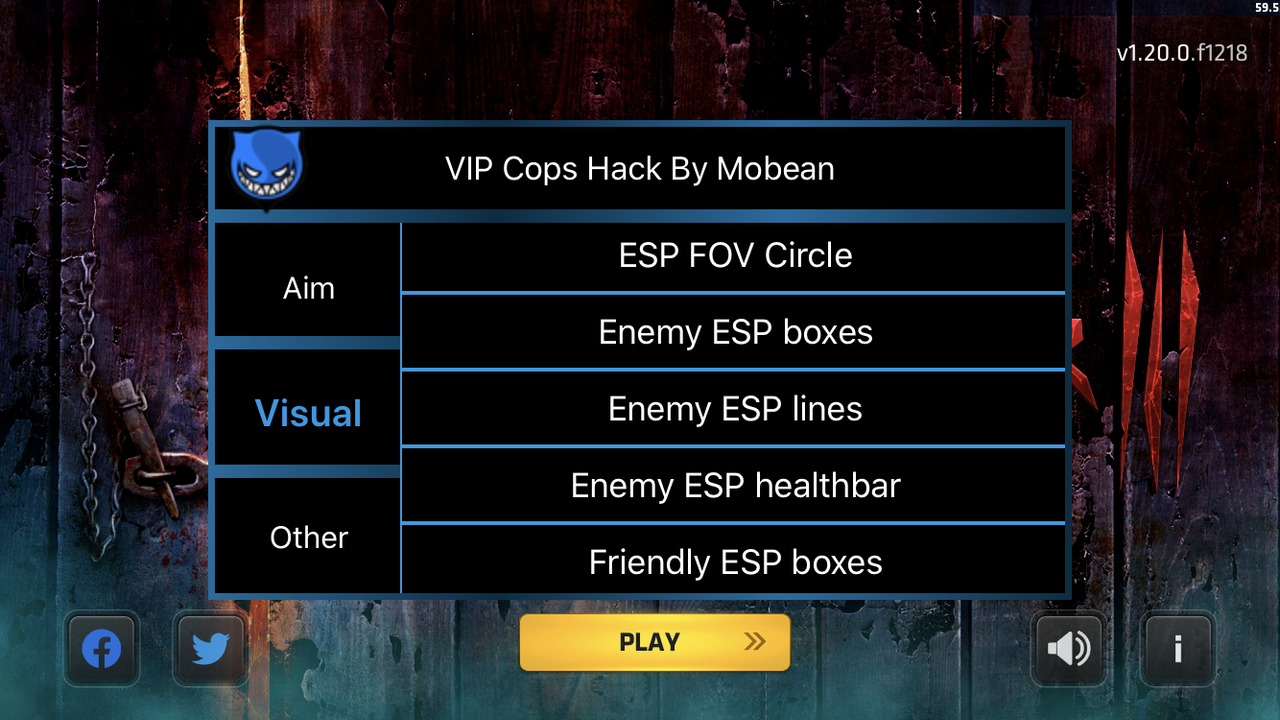

Load data is gathered every five seconds. This data is used to compute load statistics, including the input rate in bits and packets per second, the output rate in bits and packets per second, the load, and reliability. If the load interval is set to 30 seconds, new data is used for load calculations over a 30-second period.

To make computations more reactive to short bursts of traffic, you can shorten the length of time over which load averages are computed. This command was integrated into Cisco IOS Release 12.2(28)SB. Support for this command was introduced on the Supervisor Engine 720. This command was made available in Frame Relay DLCI configuration mode. The default is 300 seconds.įrame Relay DLCI configuration Command History Length of time for which data is used to compute load statistics.

No load-interval seconds Syntax Description To revert to the default setting, use the no form of this command. To change the length of time for which data is used to compute load statistics, use the load-interval command in interface configuration mode or Frame Relay DLCI configuration mode. Sets the number of lines on the current terminal screen for the current session. In the following example, the terminal type is specified and the screen pause function is disabled for the terminal connection on line 6: Router(config)# line 6 For example, the show terminal command assumes a screen length of 24 lines or more. Not all commands recognize the configured screen length. The Cisco IOS software uses the value of this command to determine when to pause during multiple-screen output. This command was integrated into Cisco IOS Release 12.2(33)SRA. A value of zero disables pausing between screens of output. To restore the default value, use the no form of this command. To set the terminal screen length, use the length command in line configuration mode.


 0 kommentar(er)
0 kommentar(er)
